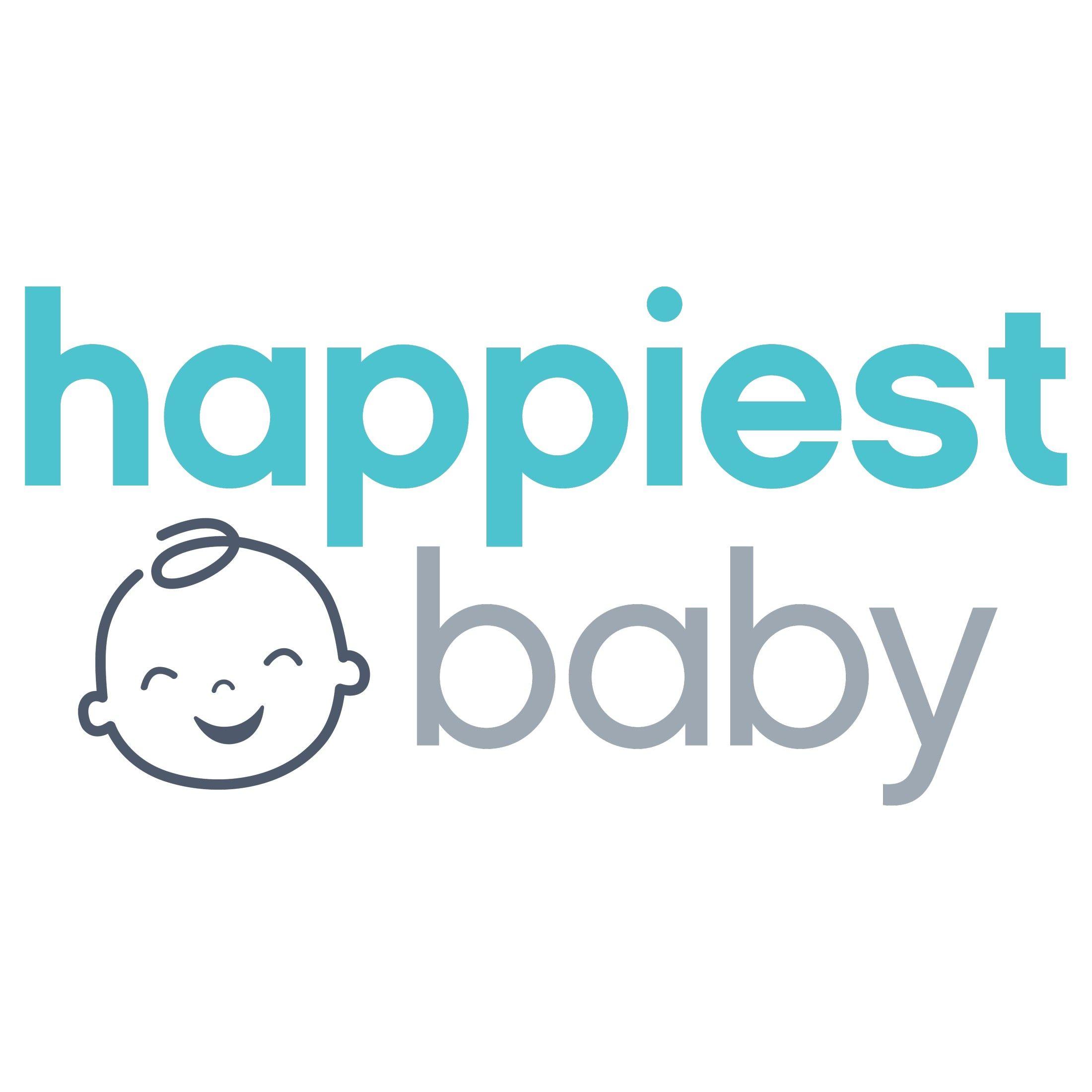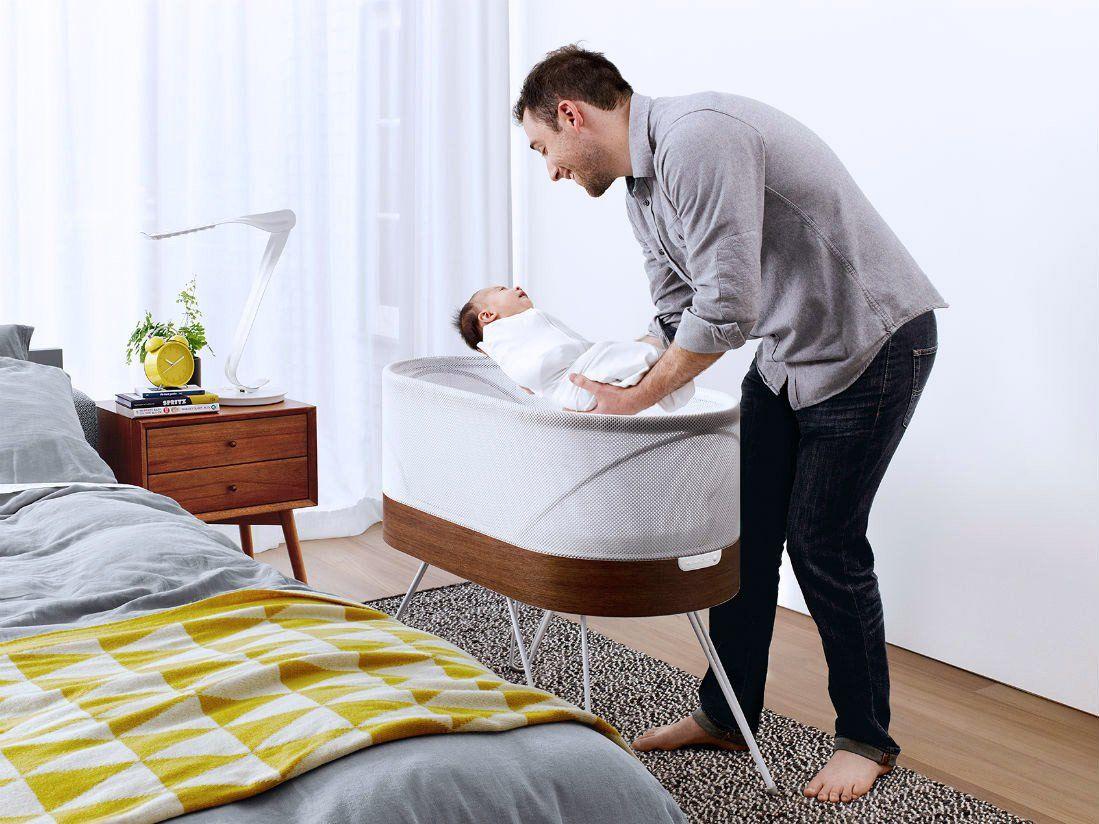BABY
Set Your Baby Up to Nap Like a Champ!
Four tips from Dr. Harvey Karp to enhance your baby's daytime sleep.

Written by
Happiest Baby Staff

SHARE THIS ARTICLE
PARENT PICKS
Bestsellers
BABY

Written by
Happiest Baby Staff

SHARE THIS ARTICLE
Bestsellers
Daytime sleep goes a long way to keeping children healthy and happy. Baby naps boost memory, restore energy and gentle demeanor, build attention skills, reinvigorate the immune system and help reduce stress. And smart parents know to treat a baby’s forty winks as sacred. (Maybe they have seen their baby’s skipped-nap meltdown—and barely lived to tell the tale!)
To get your kid be an all-star napper, try out these simple tips for how to get your baby to nap:
When your infant reaches 1 month, creating some order to your day promotes good sleep and lets parents plan for downtime. Some healthcare providers recommend scheduling a baby’s day in an ‘eat, play, sleep’ sequence. Their idea is that uncoupling sleeping and feeding will train a baby to snooze again without milk in the middle of the night. This sounds logical … but it actually goes against a baby’s biology. Babies tend to snooze after feeds, no matter how much you prod and play with them. That is why the following cycle makes more sense to me:
Check out my guide to wake windows for help knowing how long your baby can stay awake at each age.
Most people think a baby is ready to nap when their eyes get lidded and their head slumps against your shoulder. Actually, at that point they are overtired.
As is often said, ‘Sleep begets sleep.’ And that is right ... that is why the cleverest parents put their babies to down to sleep at—or just before—the time they show these early signs of fatigue:
Flexibility is key. So do not aim to put your little bug down at 1.5 hours by the minute. And if they seem wiped out, it is fine to bend the ‘rules.’ And, if they fell asleep in your arms, use the wake and sleep technique when you lay them in their cot or sleeper, to let them float back to sleep on their own.
Happiest Baby’s SNOO Smart Sleeper was made to help parents succeed at naptime, with a little help from technology. SNOO helps create the right sleep cues—white noise and gentle womb-like motion—at the right time and in the right amount. One feature parents love about SNOO is that it gradually weans your baby off sound and motion by 6 months. Together SNOO and the wake and sleep technique are a perfect team for establishing healthy sleep habits for years to come.
One by one, these blissful naps will evaporate as your baby develops and grows. By 3 months your little one usually settles into three predictable naps (mid-morning, mid-afternoon and a short one in early evening.) Sometime within 6 to 12 months, your little one will shift to two naps a day. And between 12 and 24 months, they will drop to just one.
Yet, exactly when each of these naps will disappear is one of the least predictable aspects of your child’s sleep!
To ease your baby into a nap in their cot, begin by laying them down gently. If your baby starts to fuss, then offer gentle shushing, verbal soothing, or even a tummy rub until they drift off to nap land. Continue this for every 5 to 10 minutes until your baby naps.
Making sure your baby naps is crucial for you and your baby’s health. Here are some steps you can take to help get your baby to nap.
Parents often want to know how to extend their baby’s naps. To get your baby to nap longer, you will want to create an environment that promotes naps, and reduces factors that might awaken your baby. Try to keep your baby’s nap area away from loud noises, knocking, and telly screens. This reduces the chances your baby will awaken from a nap. You can even introduce white noise for baby sleep to help promote a healthier sleep environment.
If your baby is not rolling yet, try swaddling your baby to mimic the feeling of being held. Click here to learn how to swaddle your baby. (If you are using SNOO Smart Sleeper, your baby can be safely swaddled for up to 6 months.)
When your little one is ready for nap time, make sure to clear the cot of all toys and blankets. Gently place your baby on their back while swaddled, and let them drift off into a nap. If your baby is extra fussy, then try using white noise, gentle shushing, or tummy rubs to help soothe them to sleep.
Disclaimer: The information on our site is NOT medical advice for any specific person or condition. It is only meant as general information. If you have any medical questions and concerns about your child or yourself, please contact your health provider. Breastmilk is the best source of nutrition for babies. It is important that, in preparation for and during breastfeeding, mothers eat a healthy, balanced diet. Combined breast- and bottle-feeding in the first weeks of life may reduce the supply of a mother's breastmilk and reversing the decision not to breastfeed is difficult. If you do decide to use infant formula, you should follow instructions carefully.